Steam Ejector with Gas Methane Fluid CFD simulation, ANSYS Fluent
$120.00 $60.00 Student Discount
- The problem numerically simulates a Steam Ejector with Gas Methane Fluid in ANSYS Fluent software.
- The 2D geometry of the model is created in Design Modeler software.
- The model is meshed in ANSYS Meshing creating 11,132 elements.
- We simulate the problem via Density-based solver to define Compressible flow.
To Order Your Project or benefit from a CFD consultation, contact our experts via email (info@mr-cfd.com), online support tab, or WhatsApp at +44 7443 197273.
There are some Free Products to check our service quality.
If you want the training video in another language instead of English, ask it via info@mr-cfd.com after you buy the product.
Description
Description
The present problem simulates a steam ejector with gas methane fluid in ANSYS Fluent software. A steam ejector is a kind of mechanical device that transforms motive fluid pressure energy into velocity energy by means of the Venturi effect of converging-diverging nozzles. The ejector’s converging segment allows the high-speed methane gas to pass through while its pressure drops. A mixing zone is produced when the methane gas comes into contact with the suction fluid in the throat. After that, the blended fluids move through the diverging portion, where the high-velocity fluid slows down and returns pressure energy to velocity energy.
The 2D geometry of the model is created in Design Modeler software and the meshing is done in ANSYS Meshing creating 11,132 elements.
Methodology
The primary objective of this simulation study is to understand the performance and operational characteristics of a steam ejector, specifically focusing on the interaction between methane gas and air within the system. A density-based solver is employed for this simulation due to its suitability for high-speed compressible flows, a characteristic inherent to steam ejectors. This project includes a primary inlet entering methane with high pressure of 3,686,000 [pa] and a secondary inlet entering the air with pressure of 104,800 [pa]. This high-pressure differential is necessary to drive the entrainment of the air by the methane gas, a key aspect of the steam ejector operation.
The k-epsilon realizable turbulence model with standard wall functions is selected due to its accuracy in predicting the onset and amount of turbulence, especially in high-speed flow situations and for converging-diverging nozzle of the steam ejector.
Conclusion
The pressure, velocity, temperature contours are obtained to see performance and operational characteristics of the steam ejector. Simulation results revealed a maximum temperature of 313 K, indicating the intense heat transfer that occurs as the methane gas and air mix and expand within the ejector. This is a critical parameter, as it directly influences the efficiency and performance of the steam ejector.
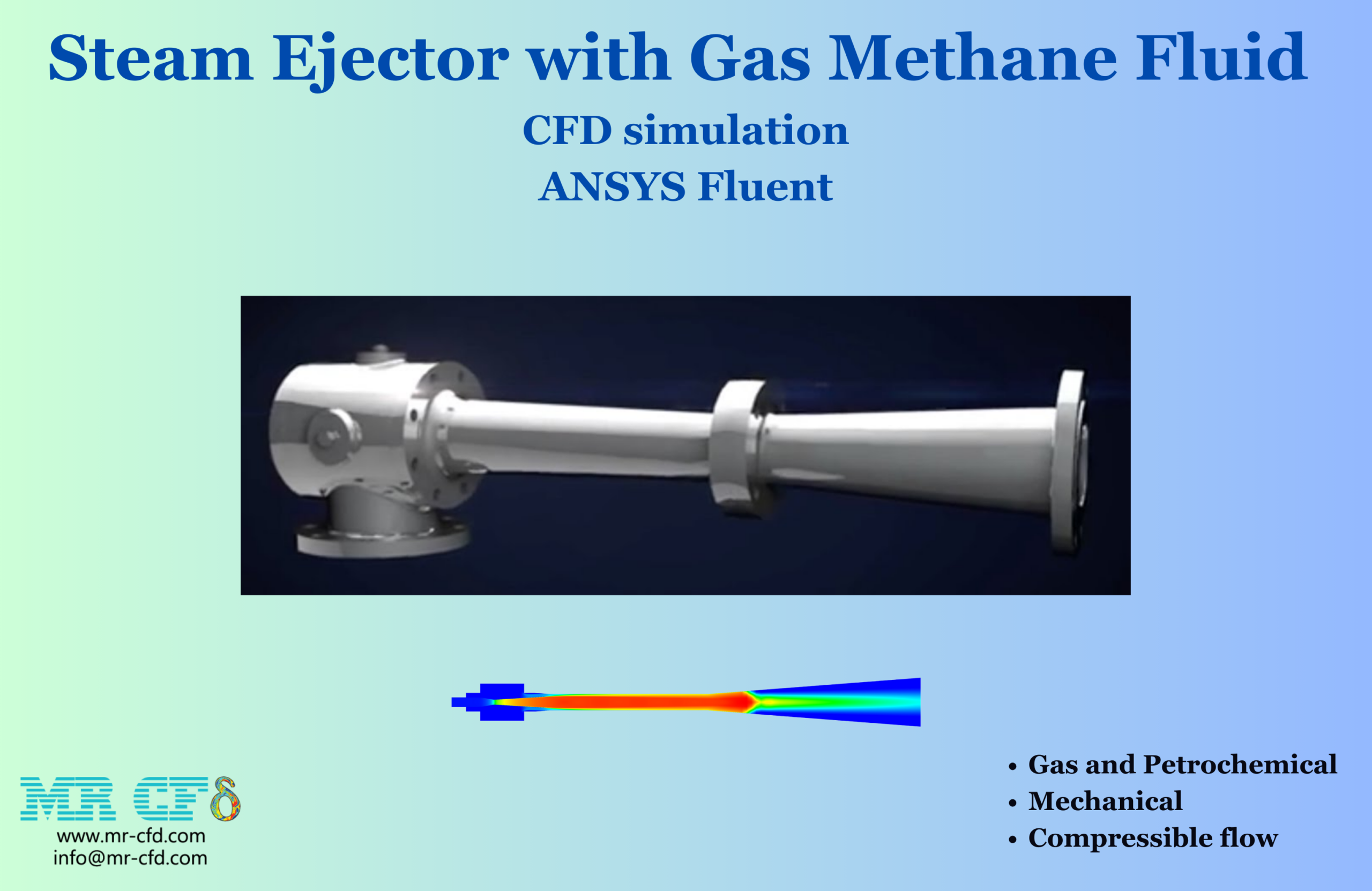

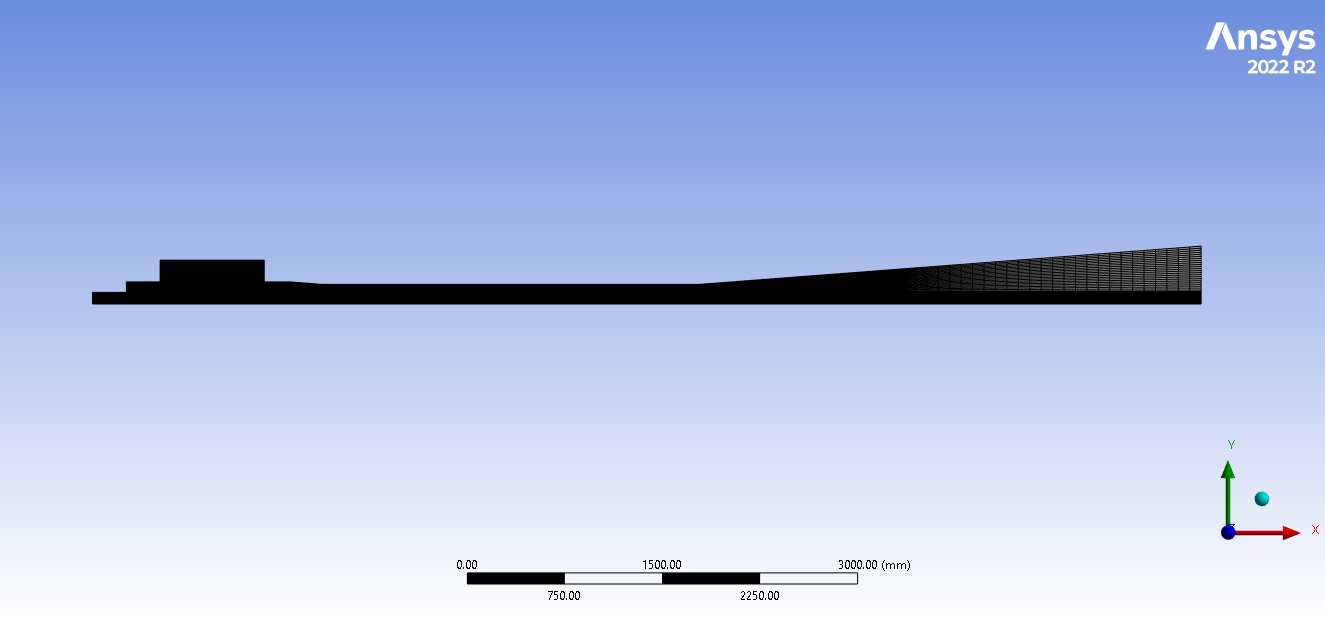
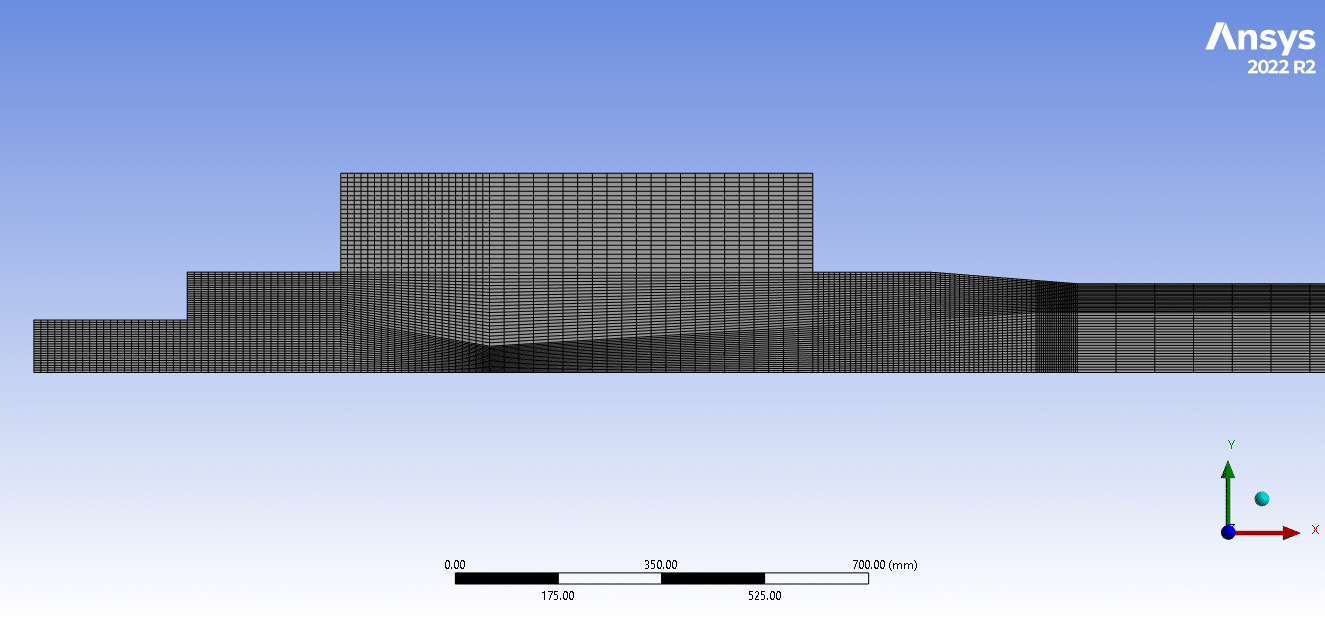
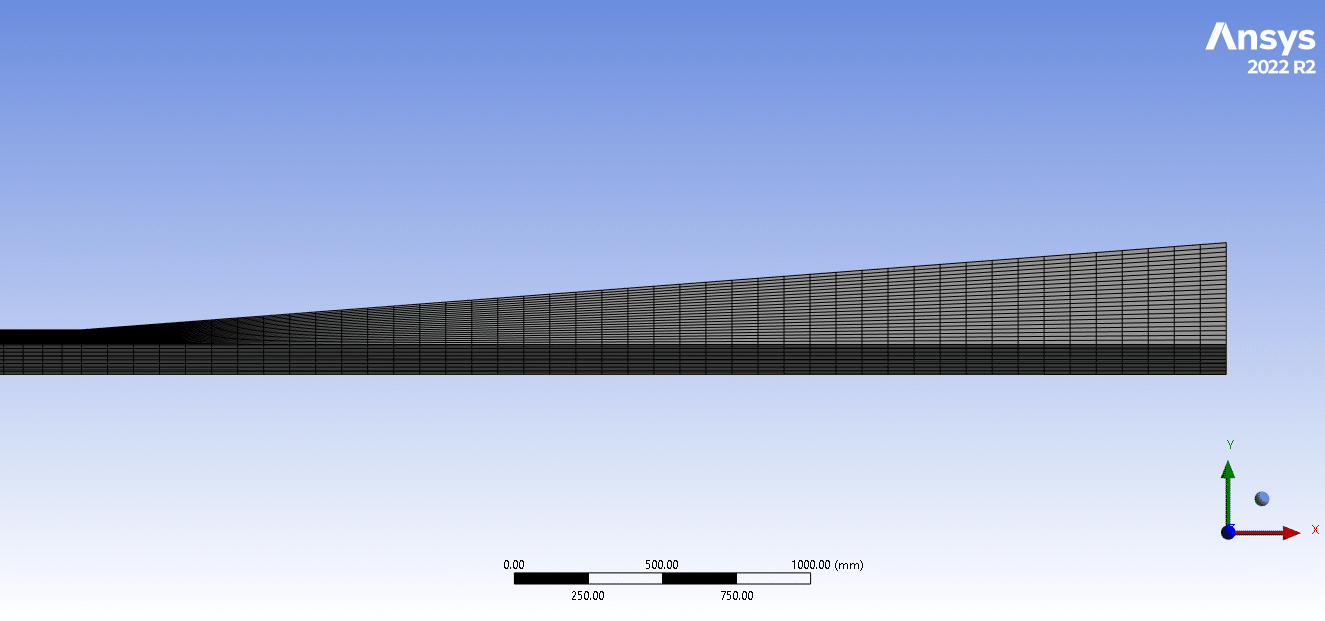

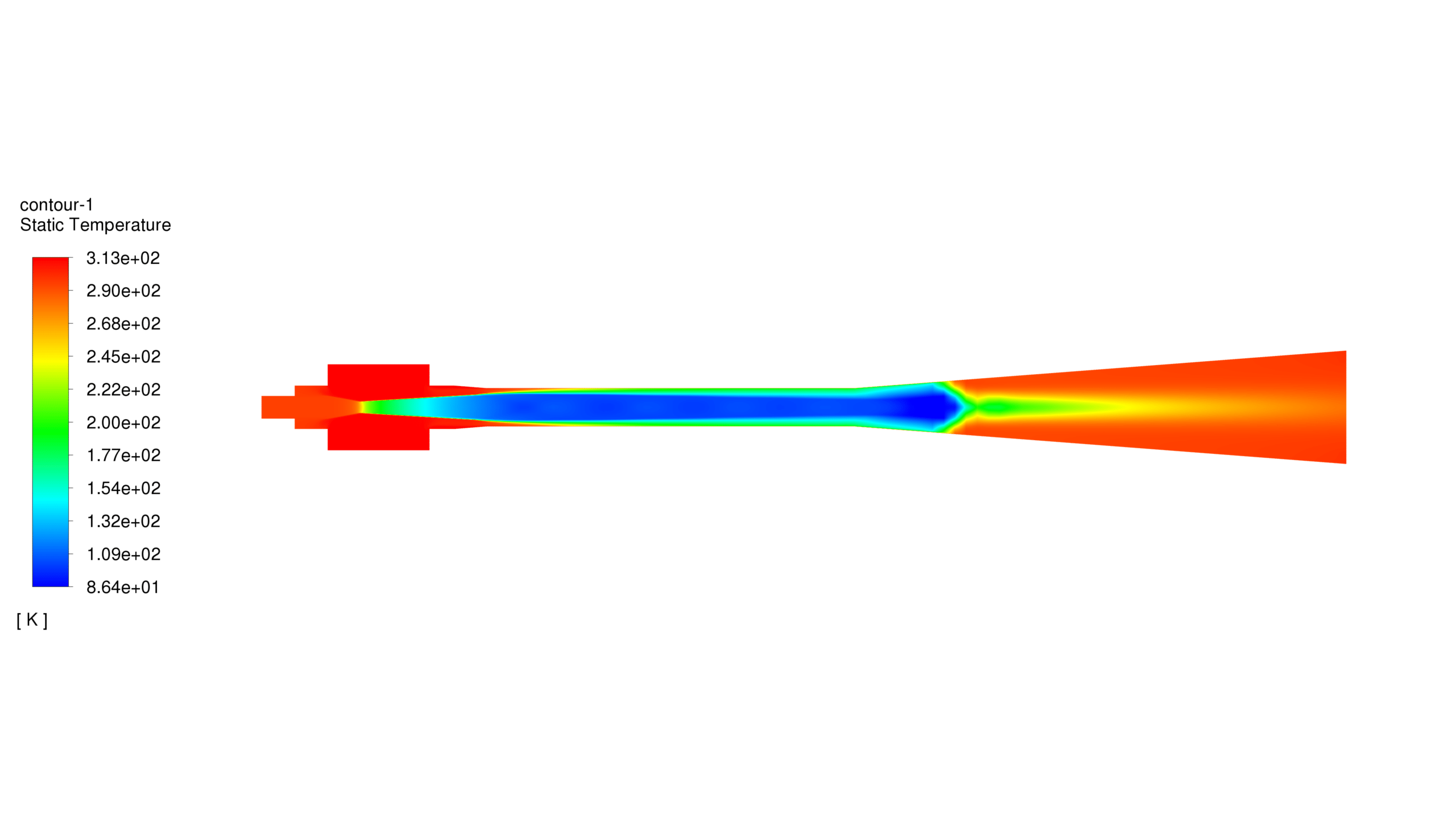
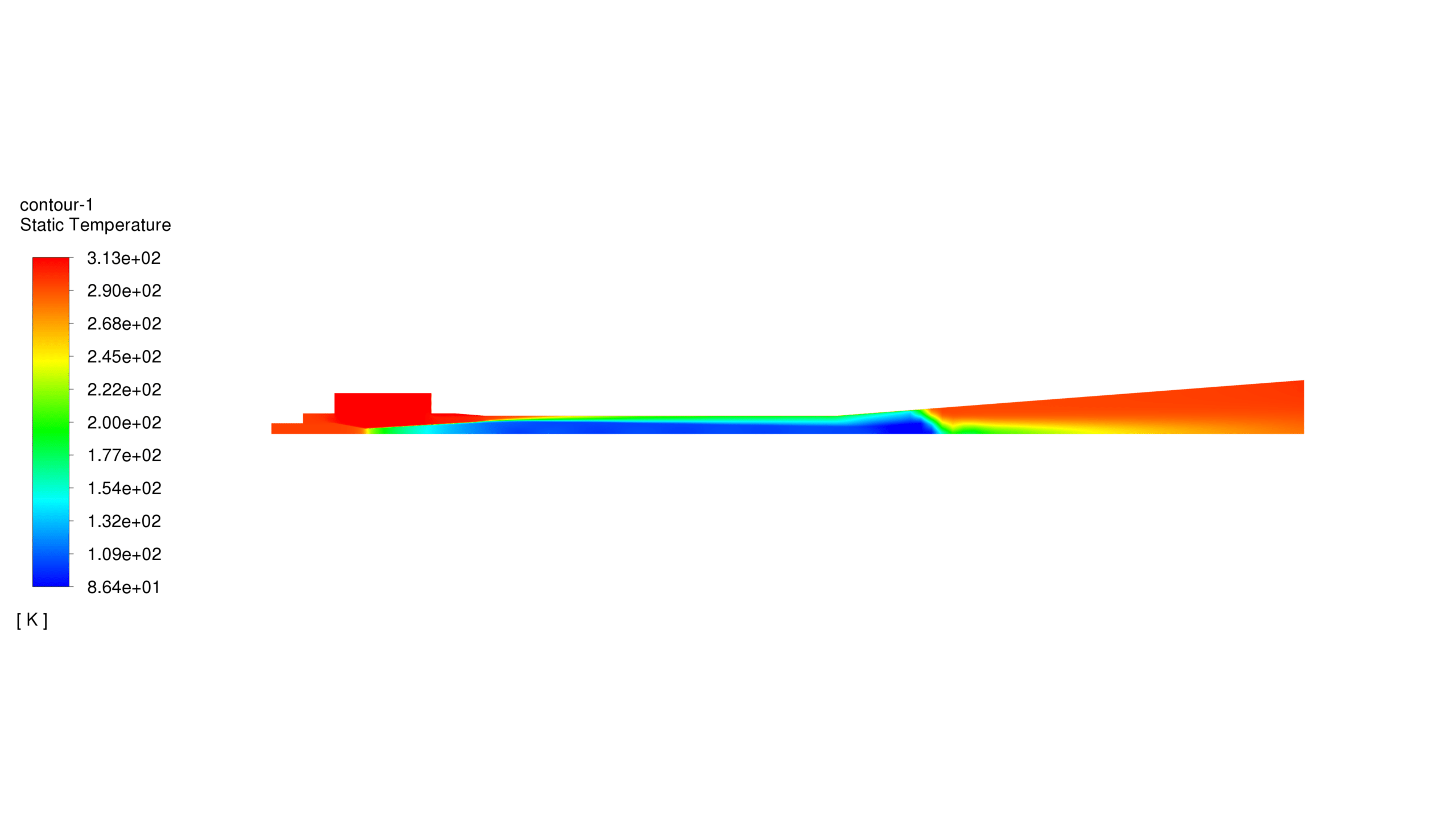
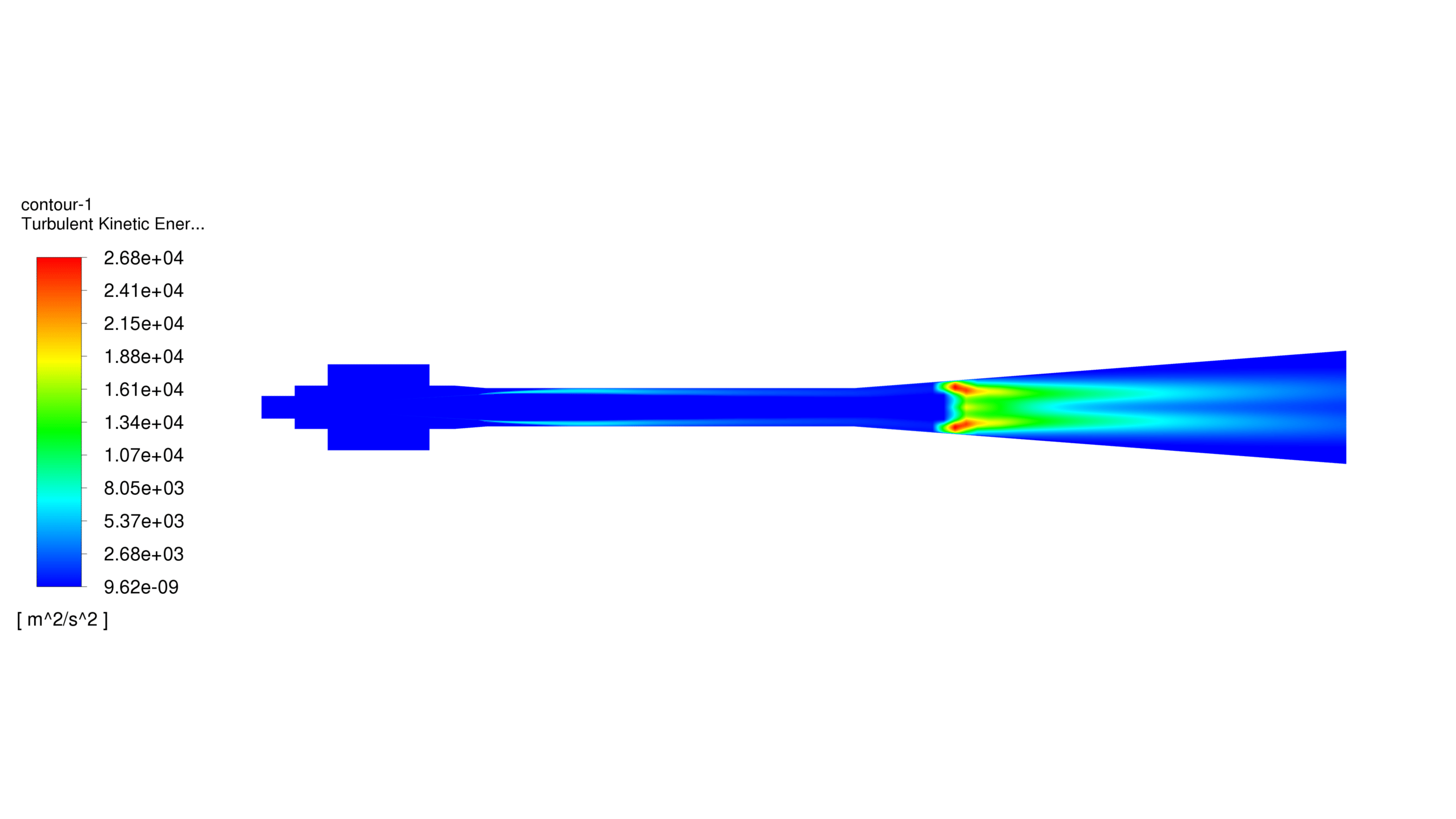
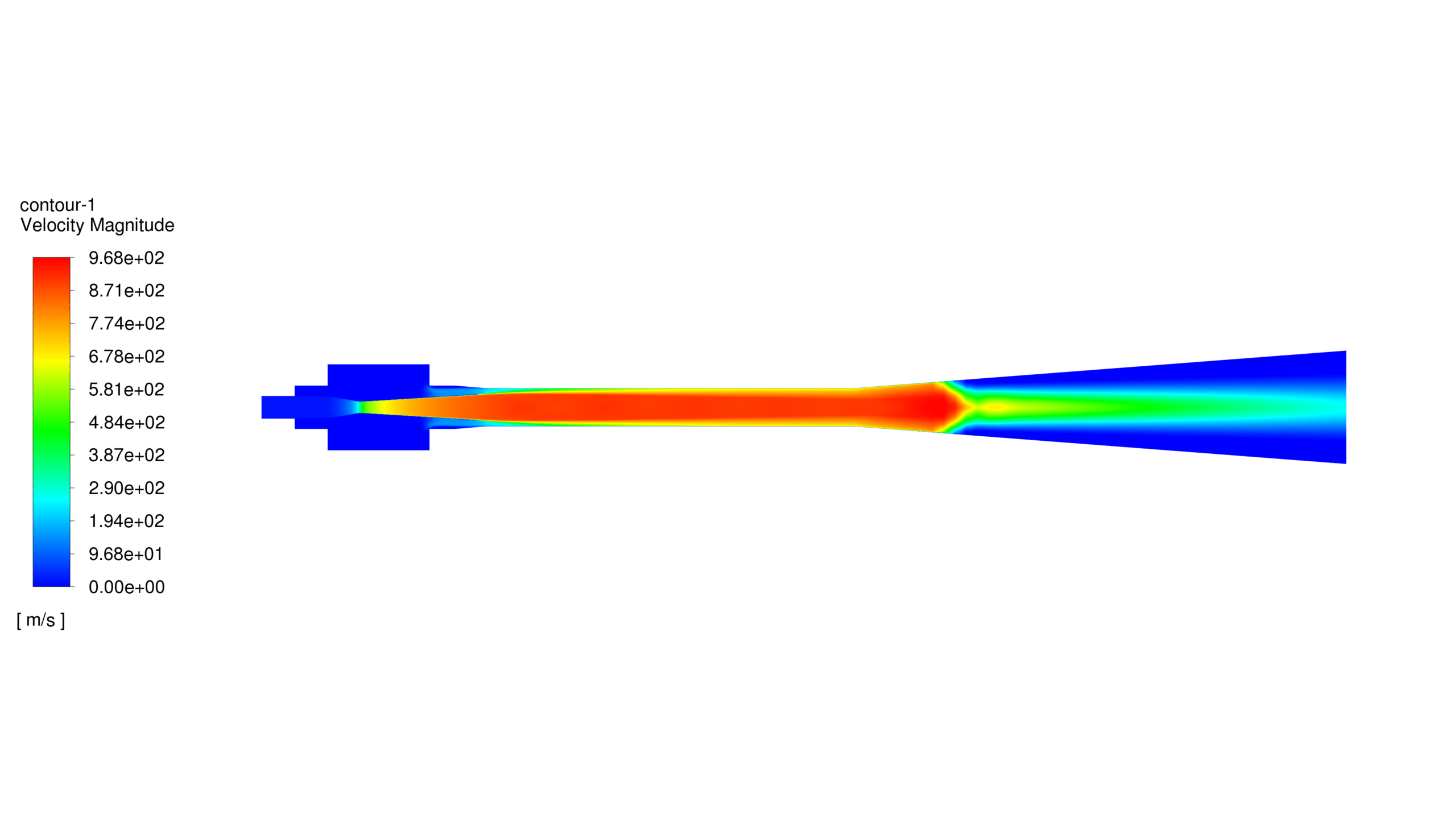
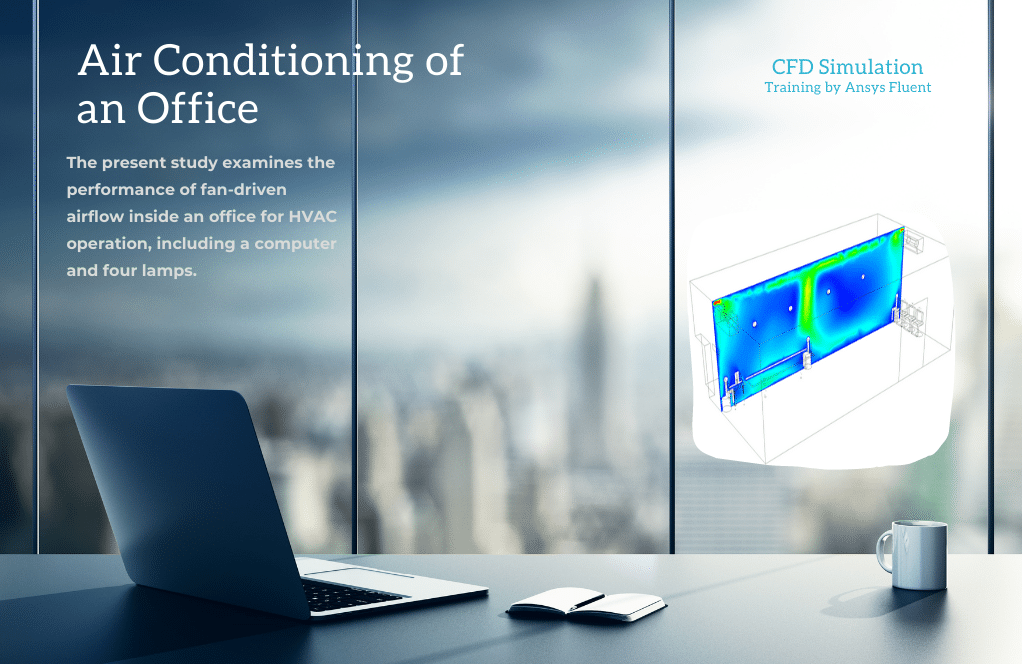

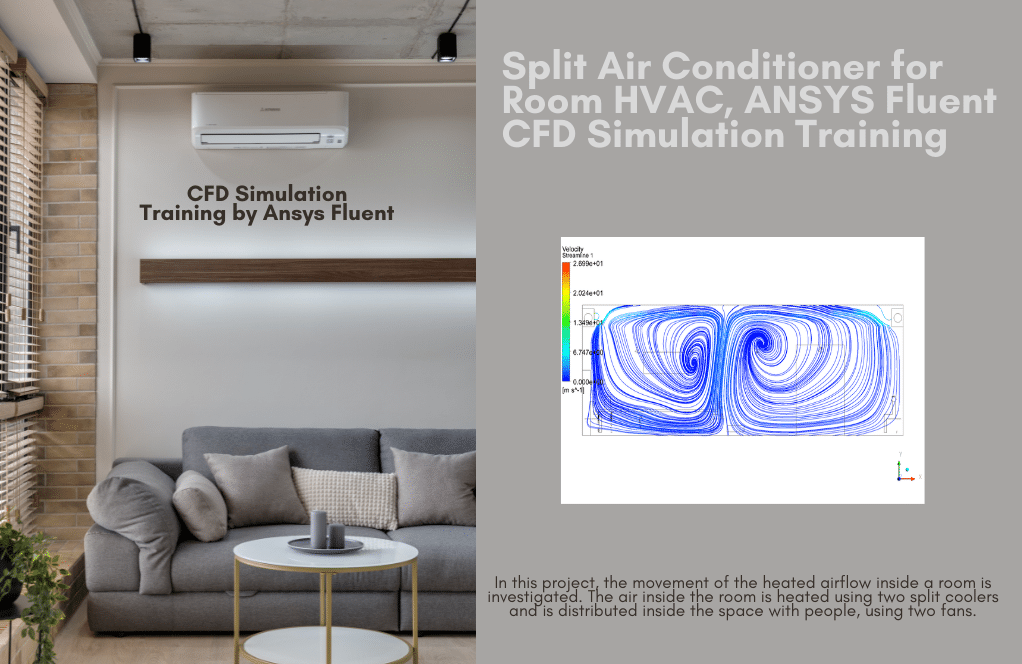

Mr. Adalberto Johns PhD –
This product review is truly a standout experience. The depth of analysis provided through the simulation of the steam ejector with methane is exceptional. The ability to visualize the pressure, velocity, and temperature contours adds a layer of understanding that is priceless for anyone interested in the performance of such devices. The detailed information regarding the pressure differential and the methodology used, like the density-based solver and k-epsilon model, highlights MR CFD’s commitment to providing high-quality educational tools. Excellent work!
MR CFD Support –
Thank you so much for your kind words! We’re thrilled to hear that our simulation product for the steam ejector with methane gas was able to provide you with such a detailed and in-depth understanding. At MR CFD, we always strive to offer valuable learning experiences that are both informative and effective. Your feedback is greatly appreciated and confirms that we are on the right track. Thanks again for choosing our product, and we look forward to supporting your future educational endeavors!
Dr. Burnice Deckow II –
Is the methane gas considered to be at a specific temperature at the inlet, and how does this affect the simulation?
MR CFD Support –
In the simulation, the methane gas is typically assigned an initial temperature at its high-pressure inlet; however, the exact value wasn’t specified in the provided description. The temperature of the methane gas affects the density and pressure of the gas when entering the ejector, thus impacting the mixing process with the air and the overall performance of the ejector. The lower the temperature, the higher the density, which could enhance the entrainment of the suction fluid.
Dock Dach –
What specific roles do the converging and diverging sections of the steam ejector play in the simulation?
MR CFD Support –
In the simulation, the converging section of the steam ejector allows the high-speed methane gas to pass through, accelerating as it moves along this segment and experiencing a drop in pressure due to the Venturi effect. This accelerated gas in the converging section then mixes with the suction fluid (air) in the throat, forming a high-velocity mixing zone. The diverging section, on the other hand, is where the mixed fluids decelerate as they expand, which helps in recovering some of the velocity energy back into pressure energy. This energy transformation is critical for the satisfactory operation of the steam ejector.
Dr. Osbaldo Russel –
Could you please clarify what is the advantage of using a density-based solver for this CFD simulation of the steam ejector?
MR CFD Support –
The density-based solver is advantageous for this steam ejector CFD simulation because it is well-suited for handling high-speed compressible flows. In the case of a steam ejector, where the flow speeds can approach or exceed the speed of sound, capturing such compressibility effects accurately is important for predicting the performance accurately. The density-based solver can resolve the variations in density that occur due to the high velocities and pressure differences, ensuring that the simulation results are robust and reliable for design and analysis purposes.
Armando Russel –
Wonderful in-depth simulation! Helps provide real clearest on steam ejector dynamics. I am curious though, what is the reason for choosing the k-epsilon realizable model over other turbulence models for this simulation?
MR CFD Support –
The k-epsilon realizable turbulence model is chosen for this simulation mainly for its ability to more accurately predict the flow in regions where strong shocks are present or the flow is highly compressible, which are typical conditions in steam ejectors. Additionally, this model provides improved performance for flows involving adverse pressure gradients, separating flows, and fluctuating streamlines, which occur when high-velocity methane mixes with suctioned air in the mixing zone.
Amiya Marquardt –
Can this simulation be used to determine the size of the steam ejector needed for a specific application?
MR CFD Support –
Yes, the simulation provides crucial data on the performance and operational characteristics of the steam ejector which can be analyzed to determine the appropriate size for a specific application. Parameters such as pressure, velocity, and temperature distribution help in understanding the working condition of the ejector, allowing for proper sizing and optimization.